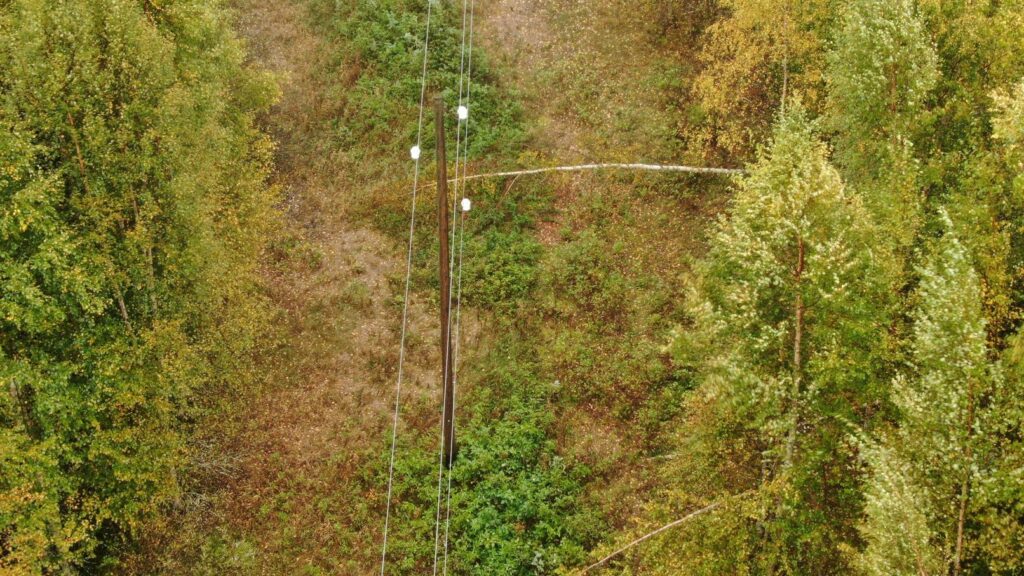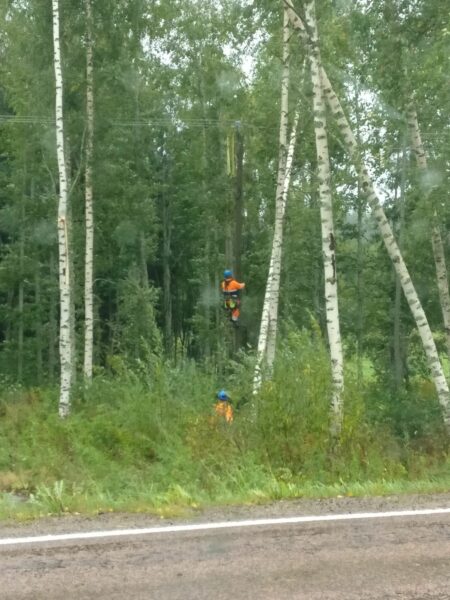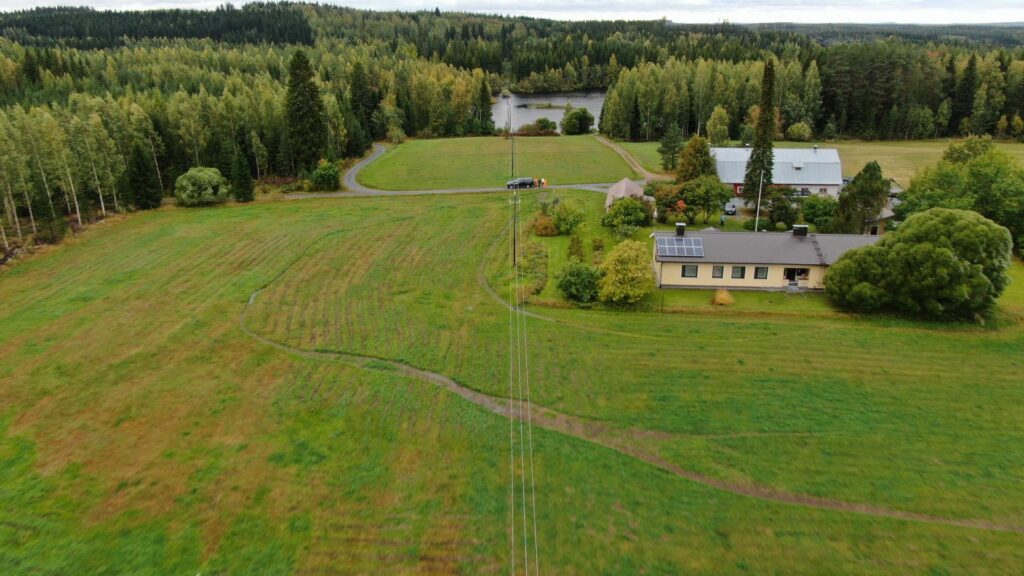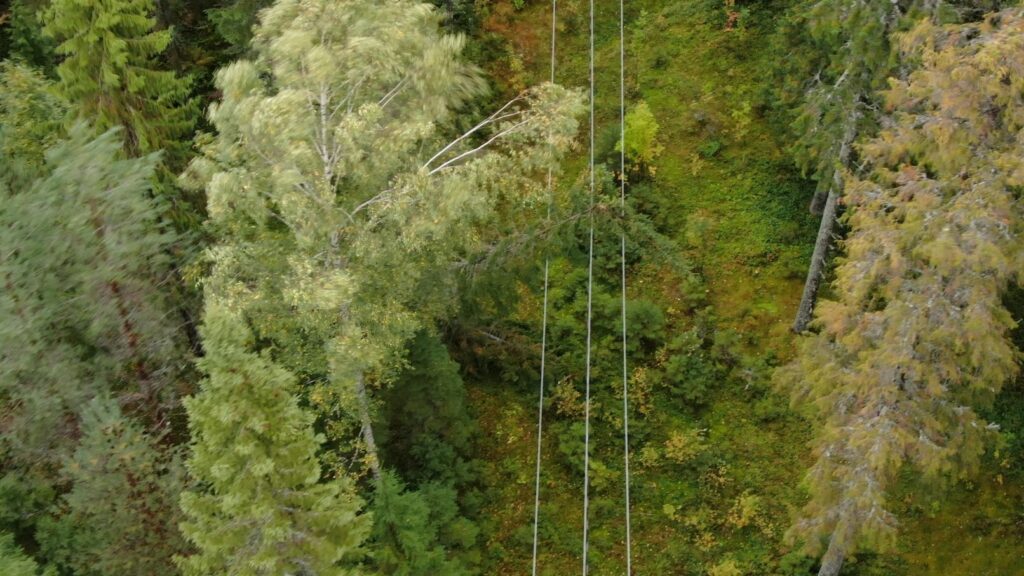Autumn 2020 Storm inspection PoC for Järvi-Suomen Energia, Finland
Background
After the strong autumn storm Aila, Hepta conducted a quick power line storm inspection with drones in September 2020. The works were conducted in Mikkeli, Finland, for Järvi-Suomen Energia (JSE) and in the Lahti area for Kymenlaakson Sähkö (KS).
Järvi-Suomen Energia (JSE) builds, maintains, and develops the electricity network of Finland’s unique lake district. JSE maintains an electricity grid of approximately 27,000 kilometers as the local distribution system operator. Kymenlaakson Sähkö (KS) is an energy group owned by 10 towns and municipalities.
Hepta was invited by JSE to conduct an operative powerline inspection after the autumn storm Aila in Mikkeli, Finland. The goal was to find the causes of blackouts affecting up to 1000 homes. The storm inspection with the drone was conducted in conjunction with the ground maintenance crew to fix the issues as soon as possible.
The weather was not very pleasant, with light rain and wind gusting up to 12-18 m/s in the region. In total, the Hepta team flew 5 km of lines. On 3 separate lines, we discovered 1 possible tree that may have caused the blackout, 2 small birch trees lying on the ground, and another line with 1 tree on conductors.
The landscape has many lakes and inhabited areas, which are time-consuming to cover on foot.
Day One of Power Line Storm Inspection
This was the first time we provided storm inspection as a service proof of concept (PoC) to JSE while KS has been Hepta’s customer for 1.5 years. In addition to the usual equipment, Hepta team member Ryan Saar operated a drone, DJI Matrice M210. Ryan commented:
“For me, it is routine to use new, slightly upgraded versions of drones, and I prefer to know the equipment so I could use it with my eyes closed. On the first day, just before the storm peak, we gathered with the client’s team in the morning at 10:00 to discuss what input I would give with the drones. Also, what are the capabilities of drones in storm inspection, and what are the next actions? We were still waiting for the storm winds to fall the trees to start the line inspection. At 11:00, we gathered for a weather prognosis for the upcoming hours, and the wind was strong. We headed to the object at 13:00 (1 pm) to start the work.
During the day, we had a dilemma between two options – to use the M210 or Mavic 2 drone. The M210 is more storm- and weatherproof and has a powerful camera. Mavic 2 is ten times cheaper, but it is not meant to be flown in rain and storm.
The first pick was Mavic 2, and it performed fine in the winds around 12m/s. We found a couple of trees that had fallen through the line but were not suspended on the line.




